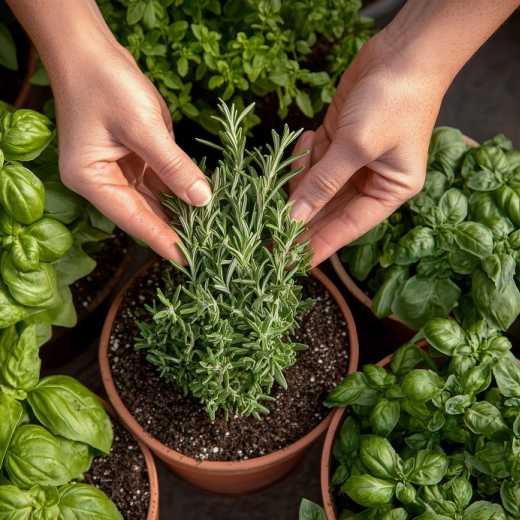What Does it Mean To Garden for Life?
WHAT DOES IT MEAN TO GARDEN FOR LIFE?
Gardeners are proud and passionate growers. We get invigorated when a plant is coaxed back from the dead and throw parties for the night blooming cereus. We're social-media-posting-crazy when the first tomatoes ripen and can search endlessly to identify an unusual new plant that caught our eye.
We are also eternally thirsty for the knowledge and skills that help us to create consistent beauty and productivity in our gardens. After all, “the more we know, the more we grow."
But there's another aspect to gardening that we can often overlook. Gardening is a beautiful journey toward connection and reconciliation. When we Garden FOR Life, we garden with respect for all life within our care, and in exchange, we are rewarded with beautiful and glorious garden experiences.
Think back to your childhood experiences in nature. Did you need to know the botanical name in order to climb the tree? Wasn't the enchantment created more by the roughness of the bark in your hand, hearing birds in the branches and tasting delicious fruit? As adult gardeners, we now know that same tree needs a healthy root zone, steady rainfall, supports hundreds of species and likes a specific pH. Knowing these things makes us better stewards.
But when we forget what it means to be fully present in the garden, to notice the bark and to listen for the birds, we risk losing the greatest gifts of gardening – the awe of life itself and the wonder of our magical connection to everything. To Garden FOR Life is to set the stage for enchantment. It requires a harmonious balance of skill and soulfulness, between work and wonder.
The principle objective is to cultivate life at all levels of the landscape. Garden FOR Life gardens are as diverse as the eco-systems they occupy and the gardeners who tend them, but they share many common attributes.
They provide space for pleasing, natural experiences.
They are beautiful and functional.
They maximize native biodiversity.
They embrace the natural cycle of life.
They minimize footprint.
The appearance can be as wild as a woodland garden or as meticulous as a Japanese garden. The shape and style are up to the garden designer provided they employ native and non-invasive plantings that support the greatest diversity of species.
Gardens are layered from the soil to the canopy in order to provide the largest amount of opportunity for life to flourish. Each layer is designed and organized to become an interdependent plant community and a complete food web. Underground and aquatic life is as important as life above ground and all stages of the lifecycle are allowed to exist within the garden. Most importantly, Garden FOR Life gardens are designed to support the harmonious relationship between man and nature by inviting us to reconnect with nature’s splendor. This can be achieved by landscapes that include habitats for wildlife, pollinators and other beneficiaries while still meeting the needs of the human inhabitants.
Like most sustainable systems, water and carbon are recaptured as much as possible and the soil constantly regenerates itself. Wherever possible, organic methods are used and the system is allowed to dynamically mature over time in order to become a naturally rich, dense eco-system that closely mirrors our local, native interactions.
Join the Garden FOR Life Initiative by cultivating life at all levels of your landscape. For more information on this philosophical approach to gardening, go to our GCSC website, Instagram or Facebook pages, or tune in to our podcasts on Podbean. Together, we can restore South Carolina’s natural heritage, one garden at a time.
Tricia Bender, President of Garden Club of South Carolina, Inc.

 Member Login
Member Login






